Called Maidar, it’s intended to be home to 300,000 people and new high-tech industries, as well as being Mongolia’s new administrative nerve centre.
Designed almost entirely by German firms, and with investors reportedly champing at the bit to get involved – particularly from China – the new city will have to tackle a number of challenges including a severe scarcity of water.
But if it goes ahead, Mongolians could finally get some relief from the deadly pollution that plagues their existing capital, and the country could have its first blueprint for sustainable urban development.
The architect who landed this project of a lifetime was Stefan Schmitz, a 60-year-old partner in Cologne-based practice RSAA.
GCR caught up with him on his return from Maidar to find out how the idea for the project came about, how you build an eco-city in one of the coldest and driest countries on Earth – and why there are so many German firms involved in doing it.
Why a new capital?
Mongolia has the lowest population density in the world: 2.7 million people inhabit 1.6 million square kilometres, giving a density of 1.7 – about half that of Australia.
But four out of every 10 of those people live in the capital, Ulaanbaatar, so a city that was built to accommodate 600,000 people now contains twice that number.
This means that, paradoxically, near-empty Mongolia suffers from all the evils of urban overcrowding, including slums, housing shortages, traffic jams and deadly pollution.
In winter, when the temperature averages 40°C below freezing and there is never a cloud in the sky.
That sounds picturesque but constant high-pressure seals in pollution and, because Ulaanbaatar has no shortage of old cars, and because Mongolia relies on its abundant coal reserves for power, this creates smog so severe that is reckoned to be responsible for 10% of all deaths in the country.
One solution to the intolerable living conditions in the capital is to build a series of satellite towns designed from the ground up to avoid its problems.
Money galore
At the moment, the country’s economy is suffering as a result of rows between the government and the mining multinationals that are responsible for 30% of the country’s GDP, but the growth trend over the past 10 years has been in double digits, reaching a peak of 17.5% in 2011.
The result is that, just as the need for such a spectacular project is becoming greater, so is the money available to investors and home buyers to achieve it.
Schmitz says that the demand for homes and the desire of industries such as tourism and media to relocate means that conditions for investment are perfect.
“So it’s not a question of money, it’s a question of how to organise it,” he said.
In fact, one problem is that there is too much money coming into the scheme from one source.
“Chinese investors want to take it all,” Schmitz said. “I think the Mongolian company, Maidar City, which is in charge of the project, must consider that they need different investors. If they give it all to one then they will lose their power to manage the project.”
How it came about
When the Maidar project was conceived in 2012, it was intended to be a modest eco-town of 20,000 people built from scratch on the Mongolian steppes, about 20km south of the existing capital of Ulaanbaatar.
Schmitz told GCR that the idea for a settlement began when the Grand Maitreya Foundation decided to build a 54m-high statue of the Buddha in an area of outstanding natural beauty on the southern side of the Bogd Khan mountains, about 20km from Ulaanbaatar.
A private consortium of Mongolian companies backed by wealthy investors then decided to surround the statue with cultural and religious buildings, and a town for 20,000, built to strict ecological standards.
RSAA was asked to handle the urban design without going through the inconvenience of entering a design competition. The practice already had a profile in east Asia thanks to its winning three other eco-cities projects, including the Tianjin scheme in 2004, however Schmitz says the firm won its Maidar commission on the basis of its personal connections with the investors and the Mongolian government.
The decision to expand the town into a 110,000 hectares city was taken because the developers realized that the combination of the natural setting and the available infrastructure made it an ideal location. Schmitz says: “It was near to the highway, the airport and the railway, so the connections were perfect, so everybody wanted to have a bigger city.”
As the plans grew more ambitious, the Mongolian state stepped in and, although it didn’t provide any money, it did take over the regulation and administration of the project.
Not a drop to drink
The developers want Maidar to be an eco-city, but with Mongolian characteristics.
“We cannot meet the real Passivhaus (ultra-low energy buildings that require little energy for space heating or cooling) as in Europe – it’s too much for Mongolia – but we can do a kind of Mongolian Passivhaus,” said Schmitz. “We have to adapt the standards to Mongolian conditions of course, which is also what the experts will handle.”
The biggest single problem is water: Mongolia is about 1.3km above sea level, it’s too cold to rain or snow for about eight months of the year and Maidar is pretty much on the northern edge of the Gobi Desert.
The design must make the most of what moisture there is. Fortunately, the Bogd Khan acts like a giant collector of the summer rains, so that water can be channeled into a reservoir.
With supplementary ground water extraction and strict water use standards in homes, RSAA calculates that there will be enough left over to irrigate part of the northern Gobi and bring it into agricultural production.
Breathing easier
Another challenge is air pollution. Cutting that means reducing private car use through planning approaches that are now familiar from other eco-cities around the world.
The city is designed to be “polycentric”, which means that its inhabitants do not have to travel far to get to get to work, do their shopping or enjoy their leisure time. Each section is a separate town with its own core, grouped around the central hub of the Buddha statue. Distances are designed to be short enough to walk or cycle.
Public transport will take care of medium-length journeys, restricting the use of cars to intercity travel using a new highway that is planned between Maidar, Ulaanbaatar and a new international airport.
It is also a short distance from Mongolia’s main railway line, which runs from Russia to China; Maidar will have its own station on that route.
The finishing touch to the transport plans will be a cable car all the way to Ulaanbaatar. This is intended to cross the Bogd Khan, passing a newly built ski resort on its way.
The constant sunshine of winter means that solar energy can be used to supply the city with hot water. But to begin with, some energy will also be supplied from fossil fuel sources.
“Coal is a big issue,” said Schmitz. “There is a lot of it in Mongolia and it’s very cheap, so to begin with we cannot compete with that. We have to have a mixed strategy.”
The plan is for a decentralised smart grid that can support the increase in renewable energy over the years. An existing wind park beside the city produces 50MW, and they want to boost that to 75MW. In the beginning power will be up to 50% renewable, and 100% within 30 years.
Friends from the Cold War
As well as RSAA, a number of other German firms are working on the city. Stuttgart-based TransSolar is the energy consultant, Berlin’s Ingenierbüro Kraft is handling the water, while eco-certification is being done by the German Sustainable Building Council (DGNB) and property consultant Drees & Sommer.
Why so many Germans? (The exception is the Finnish subsidiary of Ramboll, which is acting as traffic consultant.)
Schmitz explains that Germany and Mongolia have a special relationship that stretches back to the Cold War, when many promising Mongolian students were educated in East Germany. “There was a lot of exchange and the Mongolians got quite a good education in the DDR (East Germany), so they can speak German and now they’re well established people in Mongolia.”
Will it really go ahead?
So far, only the lower half of the statue has been built, but work is under way on laying out the sites, and Mongolia’s parliament is about to make a decision on whether to go ahead with the scheme. Schmitz is confident that it will get the green light.
If it does, single parcels of land may be made available to investors around the world. Before they can take possession, however, they will have to sign binding agreements as to what they can and cannot do with their land.
“The reason for this is that Mongolia has no network of environmental legislation, so we have to fix the preconditions in the property contracts,” says Schmitz. For example, one stipulation could be that every building must have two water systems, one for drinking and the other for everything else.
“The key is to find a balance that allows us to both meet the ecological requirements of the city and keep investors happy,” he added.
There is still time to strike that balance. Schmitz said the real beginning of construction will be 2017, once developers have prepared the site and settled on how the project will be managed.
The first phase of residential and commercial development is scheduled to last for about 15 years, and will create homes for 90,000 people.
Before then, a number of key industries are planning to relocate, such as financial services and the media, which has already negotiated its own 100 hectare complex.
A German television documentary about Maidar can be accessed here.
Citation: Rogers, D. (2015, April 21). Why Mongolia is considering a German plan for new “eco-capital”. Retrieved April 24, 2015, from http://www.globalconstructionreview.com/trends/why-mongolia-considering-0ge8r0m4a8n-p2l0a6n-n8e0w/


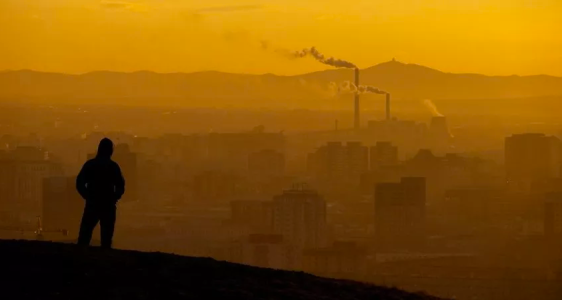


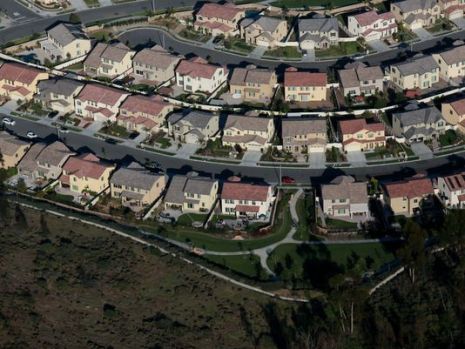
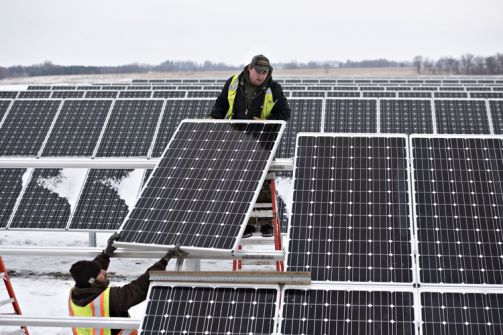
 Power generation capacity additions (GW)
Power generation capacity additions (GW)



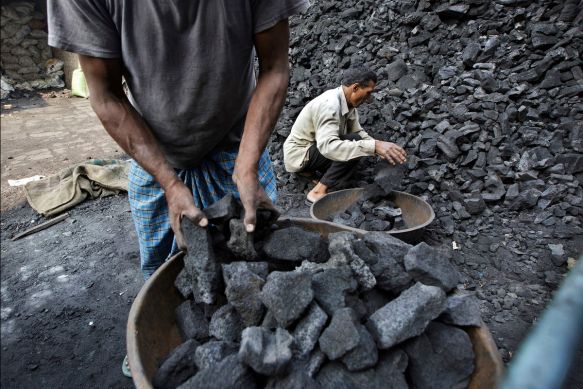
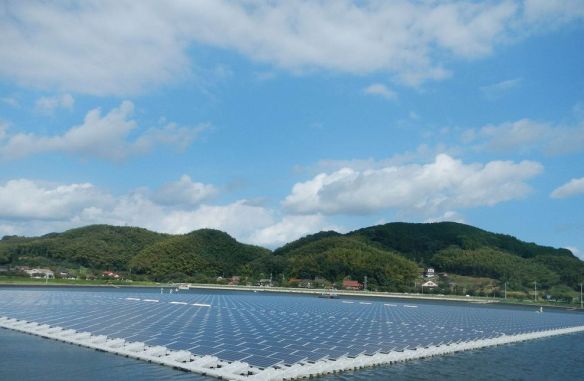
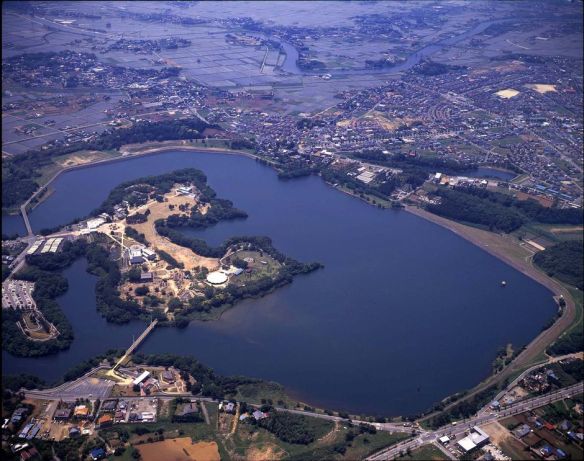



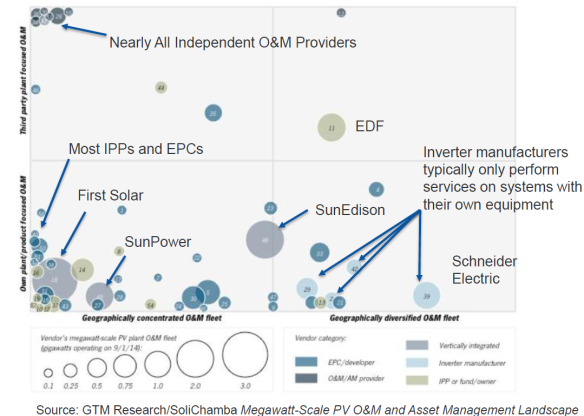





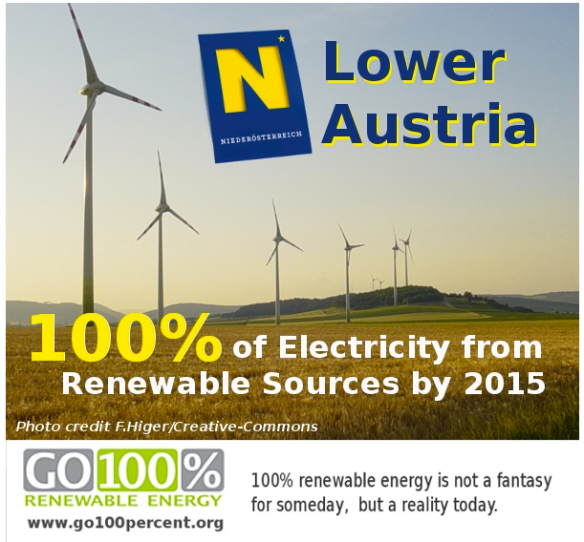
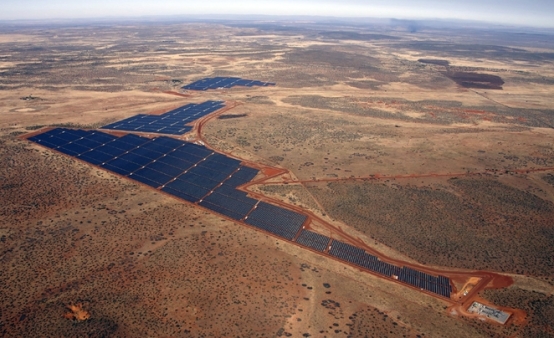
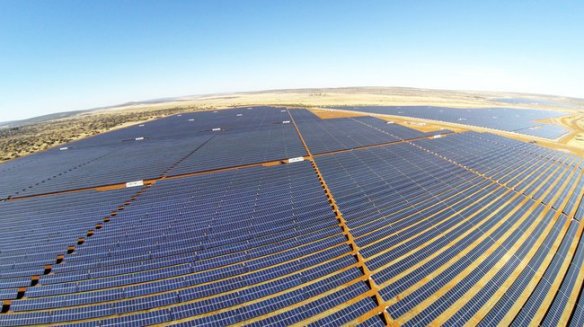
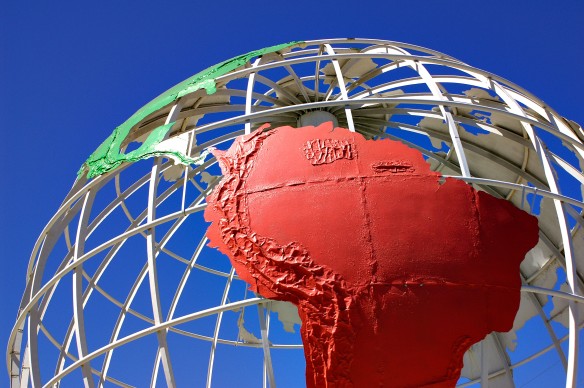
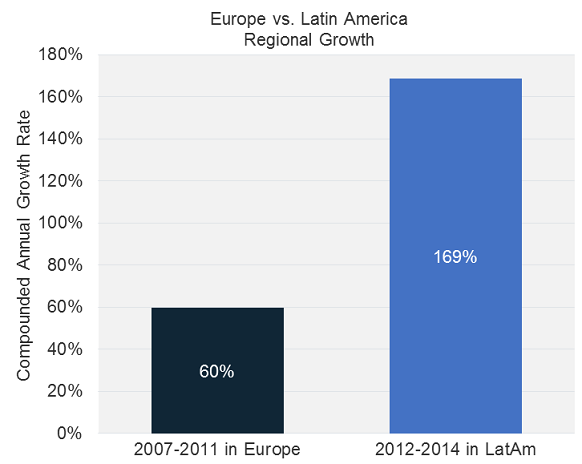 Latin America is growing more than twice as fast as the European market did in the 2007-2011 boom. In other words, the time that most folks in the solar industry associate with rapid downstream expansion pales in comparison to the growth we are seeing in Latin America today. Keep in mind that those European markets were subsidized, and Latin America is not.
Latin America is growing more than twice as fast as the European market did in the 2007-2011 boom. In other words, the time that most folks in the solar industry associate with rapid downstream expansion pales in comparison to the growth we are seeing in Latin America today. Keep in mind that those European markets were subsidized, and Latin America is not.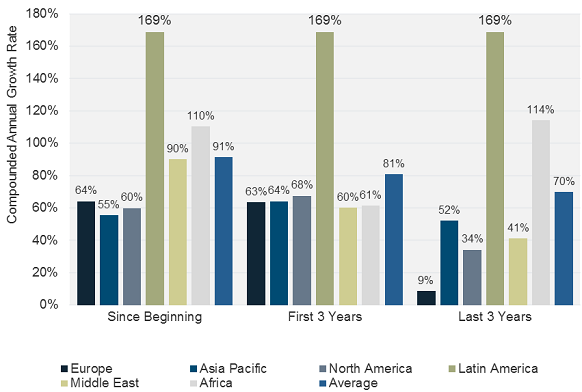 Looking across all regions, and taking their growth up to today, Latin America has grown at 1.8 times the regional average — and 1.5 times faster than the second-fastest-growing market. Adjusting for the start year to look at how the market grew in its first three years, Latin America rate of growth has been twice as fast as the regional average and 2.5 times faster than the second-ranked market. Latin America has also been the fastest-growing market over the last three years, despite the massive growth in the Asia-Pacific region led by China and Japan.
Looking across all regions, and taking their growth up to today, Latin America has grown at 1.8 times the regional average — and 1.5 times faster than the second-fastest-growing market. Adjusting for the start year to look at how the market grew in its first three years, Latin America rate of growth has been twice as fast as the regional average and 2.5 times faster than the second-ranked market. Latin America has also been the fastest-growing market over the last three years, despite the massive growth in the Asia-Pacific region led by China and Japan.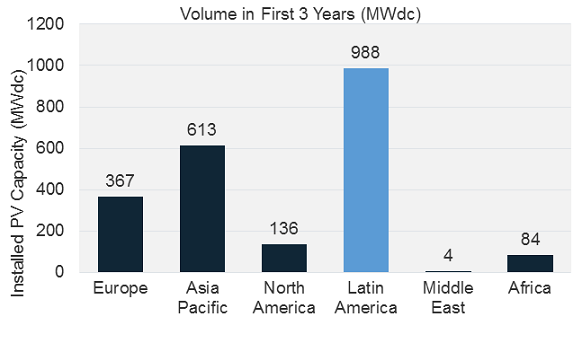 CHILE DOMINATES THE LATIN AMERICAN SOLAR LANDSCAPE
CHILE DOMINATES THE LATIN AMERICAN SOLAR LANDSCAPE